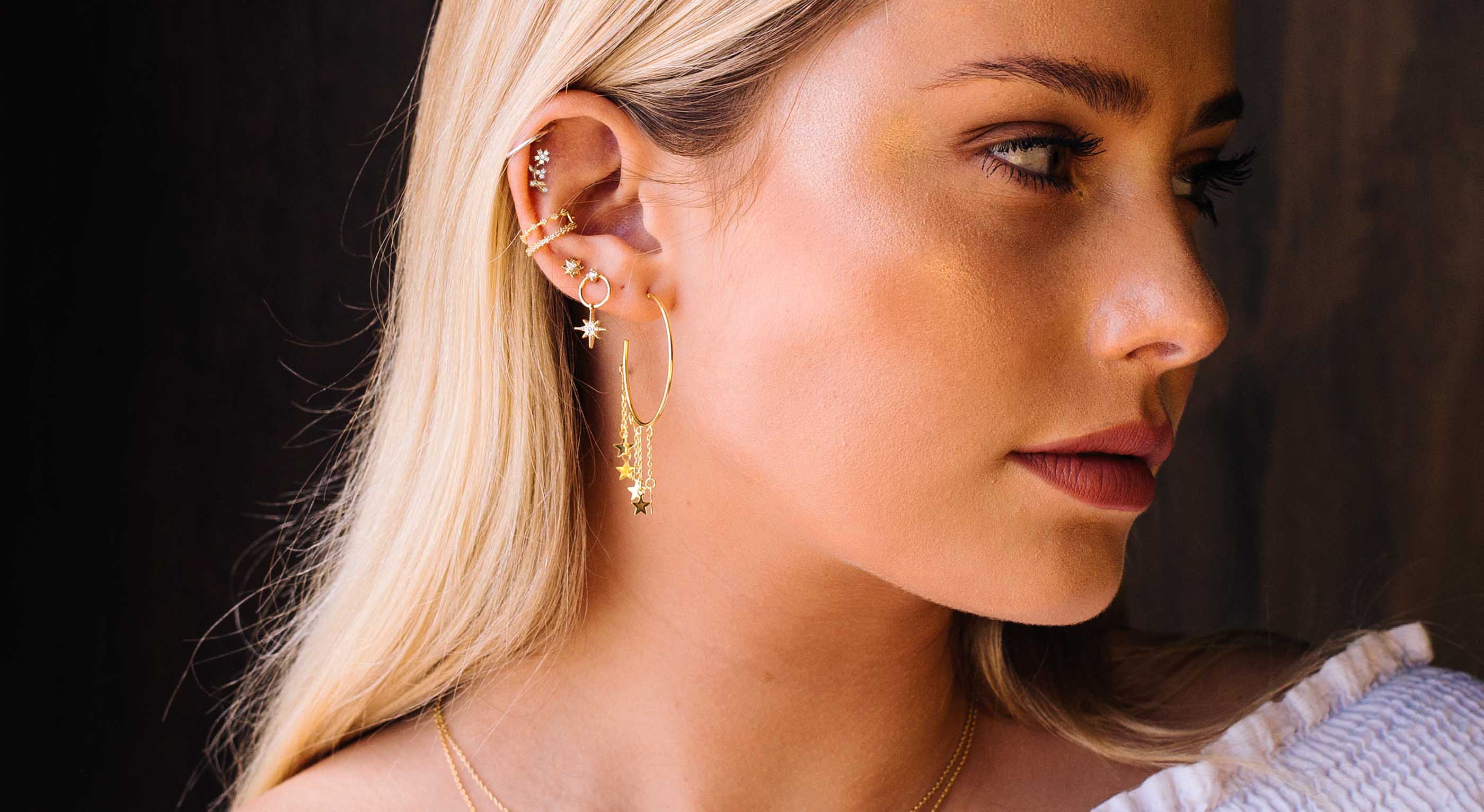

It takes time and a little dedication towards its healing and care.

You will of course have to pay for your shorter jewellery, getting a piercing is a project. This is why frequent check ups with us are essential to make sure you’re not wasting your time and money on a quality piercing with quality jewellery, only to have it heal wonky or worst case scenario even migrate through the skin.

Don’t forget, most cartilage piercings take around a year to heal, so after this change, its really important you leave it in until it has fully healed! Don’t leave it longer, this leaves a window of opportunity open where you are more likely to catch your piercing and then go through all the swelling again and delaying your downsize. Usually after 2-3 months this is adequate time to change a helix piercing. Some people are ready sooner than others, we give the most ‘average’ figure for our check up invitation. This is where it starts to vary from each client/piercing to the other. All these things become more of an issue with jewellery that is too long, that has been left in too long.Īfter all this being said, when can you actually come to change your jewellery to something that is a good, snug fit? The reasons these shifts in angles occur are usually sleeping on the piercing at night and catching it frequently. The angle places pressure on the piercing channel. Its a bump caused by irritation which has been likely caused from the angle the piercing is now on. The bump on this piercing is not an infection or a keloid. The two that first come to mind are helix piercings, and one of our most popular piercings, the forward helix piercing. There are different types of helix piercings and they vary based on the number of holes created as well as placement on the cartilage. (A shift in the piercing channel which makes the piercing wonky) A helix piercing, also referred to as a cartilage piercing, is an ear piercing that’s done on the upper outer cartilage of the ear. With many cartilage piercings, longer jewellery being left in too long can cause the piercing to migrate. This is another reason why its important to see a reputable piercer. It is more likely to get caught on clothing, hair or snagged, causing the piercing become to be irritated and upset, thus making the already lengthy healing time of cartilage even longer. We have established that longer jewellery is needed, but overly long jewellery can cause problems as well. 2 or 3 weeks later the flat back of that labret was flush against the tragus tissue. That jewellery looks rather long yes, but we took that straight after the piercing took place. Yes, this length may be slightly irritating, its a necessary evil to prevent jewellery from embedding into the tissue. Most cartilage piercings at first require jewellery that is slightly longer in length, or wider in diameter to allow for the swelling that usually arises. Just for this piece, I’m going to mainly talk about cartilage piercings as this is the issue I most frequently see with our clients when I’m offering advice over the desk. You are often invited back for a ‘check-up’, at this point we can see how your piercing is healing, if we can help you fix any issues that may have arisen, and all importantly change your jewellery to something shorter if its needed. This is critical to the overall healing of your piercing. Something that often gets forgotten by clients is the step of downsizing your jewellery. They talk about aftercare and the importance of choosing quality jewellery. Once you have been in for your new piercing with our piercers, they cover a lot of things when it comes down to healing your new piercing. Once it's fully healed, continue to keep up a regular cleaning routine and avoid touching at all times.Why downsizing your jewellery is important "Do this twice a day for around two to three months without picking, playing or twisting your piercing," Lamb advised. To avoid infection, Lamb recommends using saline solution on a paper towel and dabbing it around the hole multiple times then drying with your hair dryer (with the heat on low, obviously). Immediate aftercare of a helix piercing is just as important as it is with any other piercing. "I always suggest that clients get a travel pillow and just put their ear in the middle of the hole when sleeping it stops you from putting a prolonged amount of pressure onto the area, and also your body will wake you up if you try roll onto it, so it really helps with the healing process," he told Byrdie. However, just because your piercing may feel normal after three months, it doesn't mean it has fully healed, and Lamb advises those with new piercings to sleep with a certain type of pillow to combat any aggravation.


 0 kommentar(er)
0 kommentar(er)
